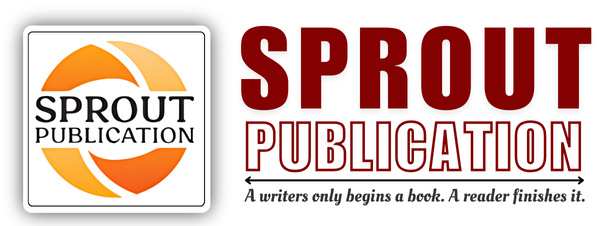Chapter 2: Introduction to Adverse Drug Reactions-I
Chapter 2: Introduction to Adverse Drug Reactions-I
Author: Mr. Prabhakar Singh Tiwari
Volume: 01
First Online: 31 August 2024
Pages: 12-23
DOI:
Abstract
Adverse drug reactions (ADRs) are unwanted or harmful effects resulting from the administration of a drug at normal doses for prophylaxis, diagnosis, or treatment. ADRs are a significant concern in clinical practice due to their potential to cause morbidity and mortality. They are broadly classified into two main categories: Type A (augmented) reactions, which are predictable and dosedependent, and Type B (bizarre) reactions, which are unpredictable and not dose-dependent. Effective detection and reporting of ADRs are crucial for patient safety and public health. Healthcare professionals play a vital role in identifying and documenting these reactions through spontaneous reporting systems, which are key to pharmacovigilance efforts. Causality assessment methods, such as the Naranjo algorithm, help determine the likelihood that a particular drug caused the reaction. These assessments consider factors like the temporal relationship between drug administration and the reaction, alternative causes, and the response to drug withdrawal. Proper understanding and management of ADRs contribute to safer medication practices and improved therapeutic outcomes.
Keywords: Type A Reactions, Type B Reactions, Morbidity, Mortality, Causality Assessment, Naranjo Algorithm

